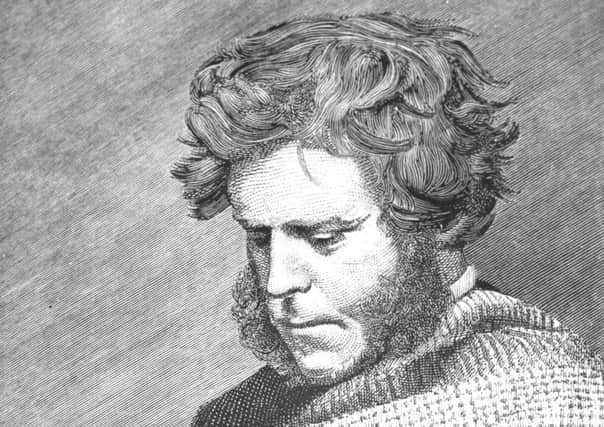Works of Hugh Miller inspires NTS celebration of heroes


The events are to take place at Hugh Miller’s Birthplace Cottage and Museum throughout 2017.
The charity which conserves and promotes Scotland’s heritage has secured funding from the Royal Society’s local heroes fund for the programme which will engage local Cromarty Primary pupils in ‘citizen science’, following in the footsteps of the self-taught Miller.
Advertisement
Hide AdAdvertisement
Hide Ad• READ MORE: Ex-soldier opens up Scots holiday home to veterans
There will be a special study of snails, an art exhibition exploring viewpoints and perspectives and a series of ‘walk and talk’ workshops.
Dr Alix Powers-Jones, property manager at Hugh Miller’s Birthplace Cottage and Museum said: “We look forward to working with our partners the Cromarty Courthouse Museum and the University of Aberdeen Lighthouse Research station to inspire others with the unique stories of our local citizen scientists.”
In association with the Courthouse Museum, the work of George John Romanes, whose mother was from the area, will also be explored. The pioneering animal behaviouralist worked in Cromarty in the second half of the 19th century.
Caroline Vawdrey, of the museum, said: “This grant is a wonderful opportunity to tell the stories of local men Hugh Miller and George Romanes and their work to elucidate the patterns in the natural world.”
Hugh Miller was a self-taught geologist, an observational polymath, born and raised in the remote fishing community of Cromarty.
George John Romanes (1848 – 1894) was elected Fellow of the Royal Society for his work on medusae jellyfish carried out across the firth from Cromarty, where his mother Isabella was born.